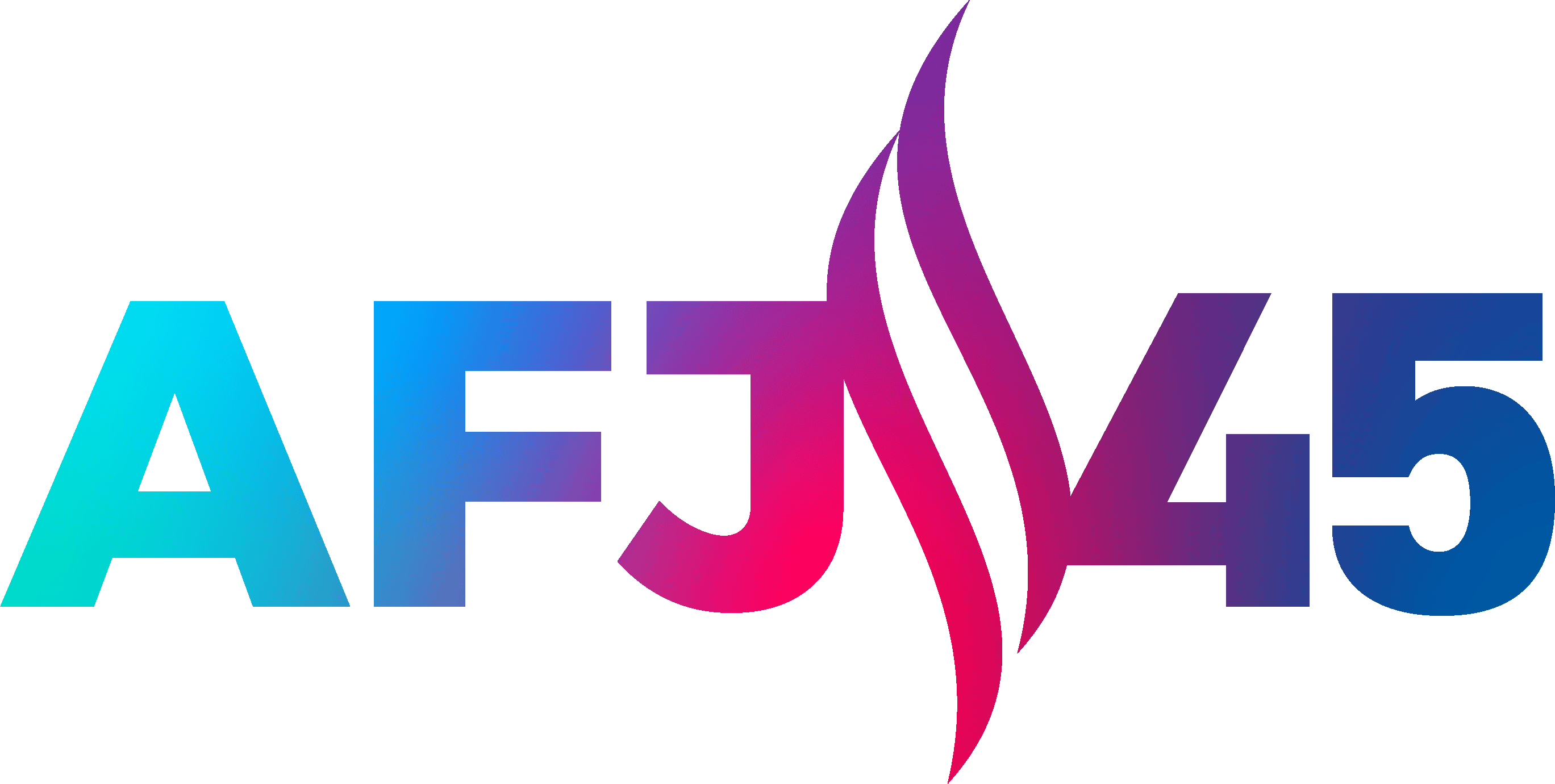OpenAI and the Pairing of Charities with For-profit LLCs
Topics
Advocacy Capacity Building, Private and Public Foundation Advocacy, Public Charity Advocacy
Before Thanksgiving, OpenAI — one of the most talked about nonprofits in the United States —went through a chaotic and very public leadership change (that was subsequently reversed) with its for-profit subsidiary. This prompted a lot of questions, most notably “wait, ChatGPT is a 501(c)(3) public charity but also… not?” It turns out, charitable organizations have been paired with, and have even controlled, for-profit LLCs and other holding corporations for many years.
While OpenAI is a current and prominent example, you’ve probably heard of or even used the products or services of other collaborations. For instance:
- The Mozilla Foundation, linked to the Mozilla Corporation that develops the Firefox web browser.
- The Sapling Foundation and the TED Foundation, associated with TED Conferences LLC, are responsible for those topical talks your friends are always texting you to watch.
- The Burning Man Project, the charitable entity overseeing the famous annual Burning Man festival, exercises control over for-profit entities like Black Rock City LLC and Future Man LLC. They manage specific aspects of the event including setup, transportation and merchandise.
- The Sierra Club, a prominent 501(c)(4) organization with an associated public charity, also manages the for-profit entity Sierra Club Outings that specializes in arranging environmentally focused trips and outings.
- The Nature Conservancy, one of the largest 501(c)(3) public charities in the US, exercises control over a subsidiary called NatureVest, a for-profit impact investment unit, utilizing private capital to extend the reach of The Nature Conservancy’s charitable initiatives.
Why control a separate for-profit?
Although a charity can engage in some commercial activities, especially if they align with the charity’s exempt purpose, running highly profitable enterprises through them is not an efficient strategy under tax law because business income can be subject to tax if it’s not sufficiently related to the charity’s exempt purpose. However, if there’s a charitable dimension to the overall enterprise, overseeing the operation allows charities to maintain a certain degree of control over affiliated for-profit entities, if it’s aligned with their tax-exempt purpose. This control, though, can lead to power imbalances and criticism, as evident in OpenAI’s current situation.
But that’s not always the case, as the examples mentioned above demonstrate. In cases where charitable organizations control one or more for-profit entities, they implement mechanisms to manage interactions, ensuring mission alignment and supporting the exempt purposes without compromising core values.
How is it done?
When engaging in collaborations with for-profit entities, charitable organizations typically establish clear partnership agreements. These agreements articulate terms, expectations, and goals, incorporating mechanisms for the nonprofit to exert control over the for-profit. For example, OpenAI exhibits a level of control over the staffing of its for-profit entity.
Charitable organizations exercise this control by monitoring and evaluating all aspects of their collaborations with for-profit entities, ensuring ongoing alignment with their mission and values. Regular reviews help identify and address any issues or deviations. In the OpenAI scenario, the charitable arm’s board determined that the for-profit leadership deviated from its mission and took corrective action. However, they did not anticipate the effective power of employees threatening to leave for a software company you may have heard of.
Does this spell the end for such partnerships? Unlikely. Successful models in tech, entertainment, education, and other domains suggest that charity-LLC collaborations are here to stay. Nevertheless, given the questions about governance that the specific structure of OpenAI’s model raises, it’s unlikely to be replicated in 2024 and beyond.
